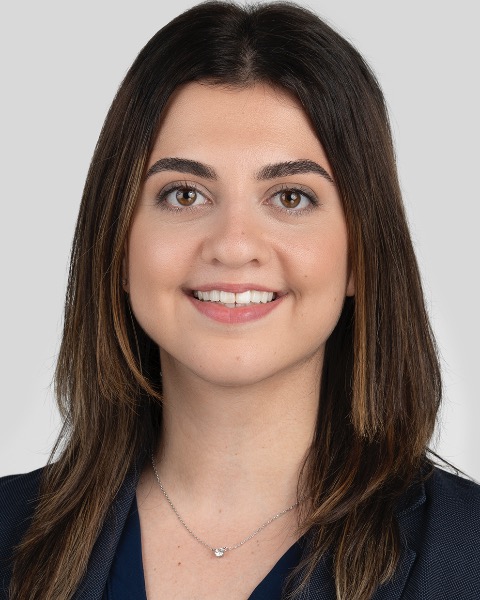Therapeutics (Systemic- Radiation therapy, ablation, surgery, interventional radiology, urology, medical oncology)
45: Comparing the postoperative glomerular filtration rate prediction accuracy of a fully-automated AI-generated and a validated clinical model in patients with renal masses.

Nour Abdallah, MD
Research Fellow
Cleveland Clinic Foundation, United States
Lead Author(s)
Background: The American Urologic Association recommends estimating the postoperative glomerular filtration rate (postopGFR) in patients with renal mass to prioritize partial (PN) over radical nephrectomy (RN) when it is < 45 mL/min/1.73m2. Validated models based on clinical equations or renal volumes from hand/semi-automated segmentations are accurate but have seen limited adoption. We hypothesize that fully-automated artificial intelligence (AI)-GFR prediction based on preoperative (preop) computed tomography (CT) scan can predict postopGFR as accurately as validated clinical model.
Methods: Three hundred patients undergoing PN or RN for renal tumor from the 2021 Kidney and Kidney Tumor Segmentation Challenge (KiTS21) were analyzed, excluding seven having bilateral tumors. Split-renal function (SRF) was determined in a fully automated way from preopCT and our previously developed deep learning segmentation model. The AI model predicted postopGFR as 1.24×preopGFR×contralateral SRF for RN, and 89% of preopGFR for PN. We compared the AI performance to a validated clinical model predicting postopGFR as 35+preopGFR(x0.65)-18 (if RN)-age(x0.25)+3 (if tumor>7 cm)-2 (if diabetes), using correlation coefficients (R). We compared the models’ prediction ability of postopGFR < 45 using logistic regression and AUCs.
Results: In 293 patients, median age was 60 years (IQR 51-68), 40.6% were females, and 62.1% had PN (TABLE1). Median tumor size was 4.2 cm (2.6-6.1), and 91.8% were malignant. When comparing the predictions to the measured postopGFR, correlation coefficients were 0.75 and 0.77 for AI and clinical models, respectively. For predicting postopGFR < 45 ml/min/1.73m2, the AI and clinical models performed similarly (AUC 0.89 and 0.9, respectively).
Conclusions: We introduced a fully automated prediction of postopGFR based on CT imaging and baseline GFR with comparable predictive accuracy to validated clinical models. These AI-generated predictions can be implemented for decision-making without clinical details, clinician time, or measurements needed.
Methods: Three hundred patients undergoing PN or RN for renal tumor from the 2021 Kidney and Kidney Tumor Segmentation Challenge (KiTS21) were analyzed, excluding seven having bilateral tumors. Split-renal function (SRF) was determined in a fully automated way from preopCT and our previously developed deep learning segmentation model. The AI model predicted postopGFR as 1.24×preopGFR×contralateral SRF for RN, and 89% of preopGFR for PN. We compared the AI performance to a validated clinical model predicting postopGFR as 35+preopGFR(x0.65)-18 (if RN)-age(x0.25)+3 (if tumor>7 cm)-2 (if diabetes), using correlation coefficients (R). We compared the models’ prediction ability of postopGFR < 45 using logistic regression and AUCs.
Results: In 293 patients, median age was 60 years (IQR 51-68), 40.6% were females, and 62.1% had PN (TABLE1). Median tumor size was 4.2 cm (2.6-6.1), and 91.8% were malignant. When comparing the predictions to the measured postopGFR, correlation coefficients were 0.75 and 0.77 for AI and clinical models, respectively. For predicting postopGFR < 45 ml/min/1.73m2, the AI and clinical models performed similarly (AUC 0.89 and 0.9, respectively).
Conclusions: We introduced a fully automated prediction of postopGFR based on CT imaging and baseline GFR with comparable predictive accuracy to validated clinical models. These AI-generated predictions can be implemented for decision-making without clinical details, clinician time, or measurements needed.
